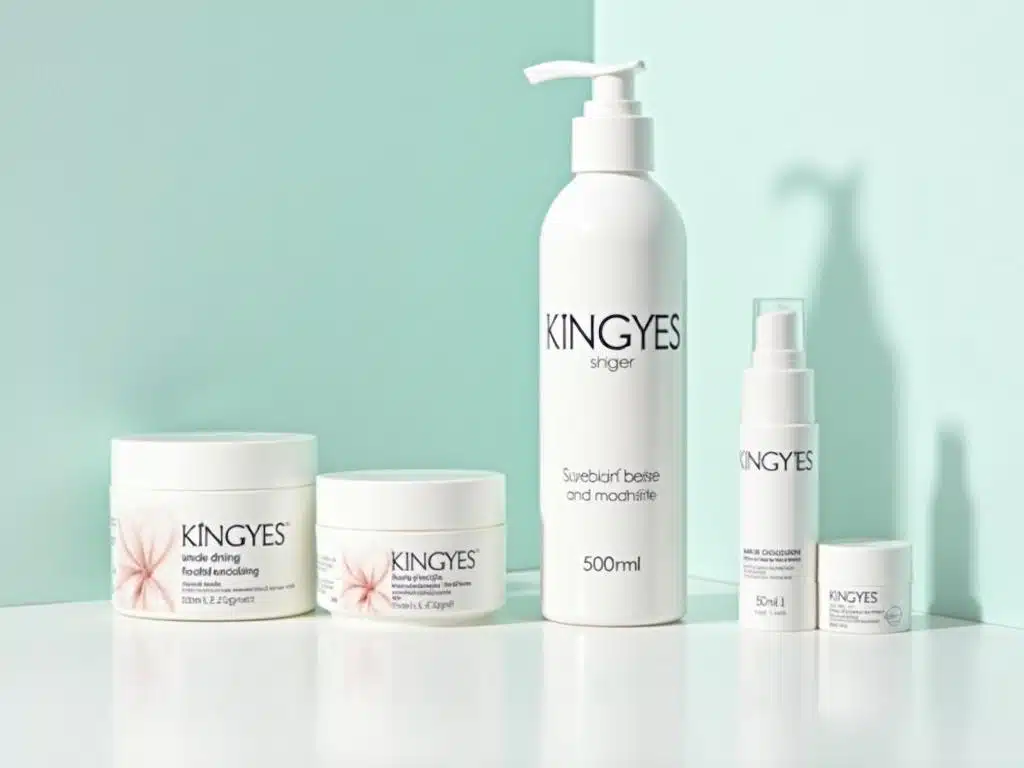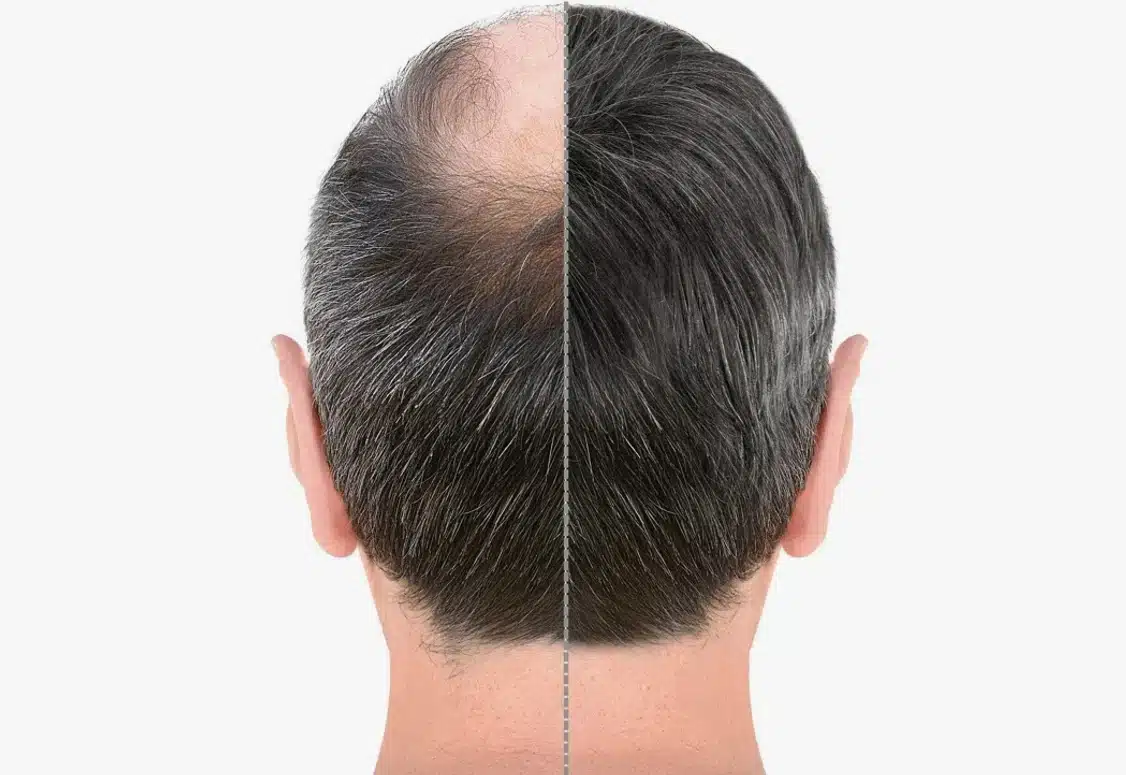
¿Cuál es la diferencia entre mechas y balayage?
Índice
Esta completa guía desglosa las diferencias, ventajas y consideraciones de cada método, ayudándote a tomar una decisión informada para tu próxima transformación capilar.
¿Qué es el balayage y en qué se diferencia de las mechas tradicionales?
Balayage, derivado de la palabra francesa que significa "barrer", es una técnica de pintura a mano alzada que crea un color graduado de aspecto natural. A diferencia de las mechas tradicionales, el balayage ofrece un aspecto más orgánico con líneas de crecimiento más suaves.
Las mechas tradicionales consisten en seccionar el cabello y utilizar láminas para crear una colocación precisa y uniforme del color. Esta técnica proporciona un aclarado más controlado y es ideal para conseguir contrastes de color espectaculares.
El proceso de aplicación: Balayage vs Iluminación tradicional
Aplicación Balayage:
- Técnica de pintura a mano alzada
- No necesita papel de aluminio
- Transiciones suaves y difuminadas
- Aplicación en superficie
Lo más destacado de la tradición:
- Seccionamiento sistemático
- Envoltorio de aluminio
- Colocación precisa
- Saturación total
¿Qué técnica ofrece mejores resultados según el tipo de cabello?
El tipo de cabello y el color natural influyen significativamente en la selección de la técnica:
| Tipo de cabello | Idoneidad del balayage | Destacados Idoneidad |
|---|---|---|
| Cabello oscuro | Bueno para una dimensión sutil | Mejor para un aclarado espectacular |
| Pelo rubio | Excelente para un bronceado natural | Perfecto para resultados brillantes y atrevidos |
| Canas | Puede proporcionar una cobertura sutil | Mejor para una cobertura completa |
Requisitos de mantenimiento y retoque
El balayage suele requerir menos mantenimiento:
- Retoques cada 3-4 meses
- Fase de crecimiento natural
- Crecimiento menos visible
Las mechas tradicionales necesitan un mantenimiento más frecuente:
- Retoques cada 6-8 semanas
- Crecimiento más visible
- Cobertura regular de las raíces
¿Cuáles son las implicaciones económicas?
Las consideraciones de inversión varían:
Balayage:
- Mayor coste inicial
- Menos visitas al salón
- Menor coste anual de mantenimiento
Lo más destacado de la tradición:
- Menor coste inicial
- Citas más frecuentes
- Mayor coste anual de mantenimiento
Posibilidades de color y opciones creativas
Ambas técnicas ofrecen posibilidades creativas únicas:
Opciones de balayage:
- Dimensión sutil
- Resultados naturales
- Colocación personalizable
- Múltiples opciones de color
Opciones de resaltado:
- Resultados audaces y espectaculares
- Patrones precisos
- Color uniforme en toda la superficie
- Fuerte potencial de contraste
¿Cómo se comparan los resultados en longevidad?
Balayage ofrece típicamente:
- Líneas de rebrote más suaves
- Difuminado natural
- Mayor tiempo entre citas
Espectáculo tradicional de lo más destacado:
- Crecimiento más definido
- Líneas de color más claras
- Necesidad de mantenimiento periódico
Repercusiones en la salud capilar y requisitos de cuidado
Las consideraciones sobre el cuidado del cabello son diferentes:
Balayage:
- Menos procesamiento global
- Más suave para el cabello
- Exposición mínima al calor
Lo más destacado:
- Tratamiento más intenso
- Láminas térmicas normales
- Mayor potencial de daños
La elección correcta para tus objetivos capilares
Ten en cuenta estos factores:
- Resultado deseado
- Natural color de pelo
- Compromiso de mantenimiento
- Presupuesto
- Estado del cabello
Preguntas frecuentes
¿Qué hace que el balayage parezca más natural que las mechas tradicionales?
Balayage crea transiciones de color suaves y graduadas sin líneas marcadas, imitando el cabello natural aclarado por el sol.
¿Cuánto suele durar cada proceso en el salón?
Las mechas tradicionales suelen durar entre 2 y 3 horas, mientras que el balayage puede durar entre 3 y 4 horas para una cabeza completa.
¿Puedo pasar de las mechas al balayage?
Sí, pero puede requerir un periodo de transición y corrección del color para conseguir el efecto deseado.
¿Qué técnica funciona mejor para cubrir las canas?
Las mechas tradicionales suelen proporcionar una mejor cobertura de grises debido a la precisión del método de aplicación y tratamiento.
¿Cómo mantengo el color entre una cita y otra?
Utiliza productos que no dañen el color, evita el peinado con calor excesivo y protege el cabello de la exposición al sol.
Puntos clave
- Balayage ofrece resultados de aspecto natural y bajo mantenimiento
- Las mechas tradicionales proporcionan una colocación precisa y audaz del color
- Tenga en cuenta su estilo de vida y su compromiso de mantenimiento
- Tener en cuenta los costes iniciales y a largo plazo
- Elija en función del aspecto final que desee
- Ten en cuenta tu color y tipo de pelo natural
- Comprender los requisitos de mantenimiento
- Proteja su inversión con un cuidado capilar adecuado
- Consulta con un colorista profesional
- Un mantenimiento regular garantiza resultados duraderos
Recuerde que ambas técnicas tienen sus ventajas y que la mejor opción depende de sus necesidades individuales, su estilo de vida y el resultado deseado.
Comentarios

¿Cómo vender cosméticos en Mercado?
¿Quiere entrar en el floreciente mercado latinoamericano del comercio electrónico?

¿Cuáles son los efectos secundarios de Root Touch Up Spray?
¿Estás pensando en utilizar un spray de retoque de raíces para cubrir las canas o el recrecimiento?

¿Cómo vender cosméticos en Facebook?
Este artículo ofrece una guía completa sobre cómo vender productos de belleza en Internet a través de Facebook.

¿Dónde se fabrica la coloración Loreal?
La industria de la belleza es una potencia mundial, y L'Oréal es un titán dentro de ella.

¿Es mejor el spray seco que el desodorante?
¿Alguna vez se ha preguntado si es mejor un desodorante en spray o en barra?
- +86 151 1839 7303
- [email protected]
- L-D 07:00-23:00
Etiquetas

How to Choose a Reliable Cosmetic OEM Manufacturer in China?
If you want to develop a spray it is ESSENTIAL to find a manufacturer, with expertise in this area.
You possess a concept.
Step 4: Comprehend the Rules to Your Property.

How to Get Hair Dye Off Skin: The Only Guide You Need
Then, you look closer.
There is a spot on your head. It is not hair. It is your skin. It is blue. Or maybe it is red.

How Often Should You Wash Your Hair? The Ultimate Guide
You look at your hair.
It looks flat. It looks dull.
You touch your roots.






